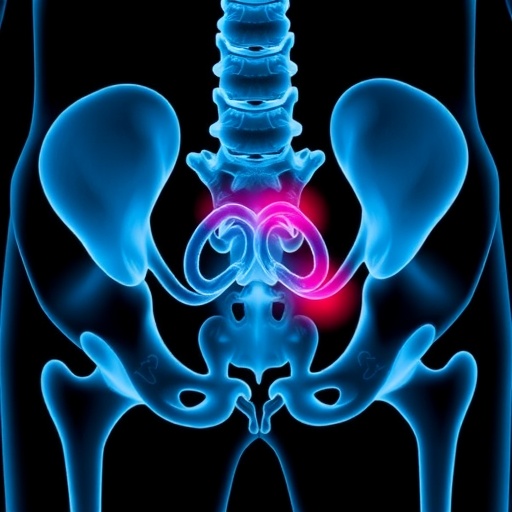Thousands of molecules of ribonucleic acid make salt-loving microbes known as "extremophiles" highly resistant to the phenomenon oxidative stress – the uncontrollable production of unstable forms of oxygen called "free radicals," which can negatively affect DNA, proteins, and lipids in cells.
In a study published recently in the Journal of Bacteriology, Johns Hopkins University scientists found that a group of RNAs – that do not form protein – orchestrate this resilience in extremophiles requiring high salt concentrations called Haloarchaea, to grow without signs of damage.
"Oxidative stress is essentially a byproduct of the fact that there is oxygen present in our atmosphere," said the paper's lead author, Diego Rivera Gelsinger, a graduate student in the university's Department of Biology. "Once it damages the molecules essential for life, those molecules can themselves produce more free radicals, which will then propagate more damage." This snowballing effect can cause extensive injury and even death, Gelsinger said.
Gelsinger, who works with Jocelyne DiRuggiero, an associate research professor in the Department of Biology with an appointment in the Department of Earth and Planetary Sciences, said salt-needing microbes or Haloarchaea not only survive but thrive in extreme environments.
These microbes flourish in very salty environments such as in the small pores of salt rocks from the Atacama Desert in Chile or in the salt beds of the Dead Sea. They endure the heights of solar radiation, salinity, and dryness that cause massive oxidative stress and kill most life forms.
Oxidative stress is the underlying cause of several human conditions from neurodegenerative and cardiovascular diseases to cancer and even the aging process. Understanding the causes of this stress-resistance unique to Haloarchaea could help researchers learn what other species, like humans, need to tackle the damage caused by oxidative stress.
To understand the extremophile's resistance to oxidative stress, Gelsinger examined its ribonucleic acid profile under hydrogen peroxide as an agent of the stress. Along with messenger RNA, which is needed to create proteins, he observed large quantities of something surprising – small noncoding RNA. Unlike messenger RNA, which acts as the go-between for DNA and proteins, noncoding RNAs do not seem to turn into protein.
"My findings strongly suggest that the [noncoding RNA] actually causes the messenger RNA to degrade and be cut up," Gelsinger said. By effectively blocking the production of protein or breaking down the messenger RNA, the proteins that play a role in oxidative stress were simply not made.
Moreover, Gelsinger said, these noncoding RNAs affect multiple targets, having a large-scale effect. Pieces of DNA that are jumpy, particularly in times of stress, and hop around in the genome of organisms, called transposons, are targets for such regulatory small RNAs. By disrupting the disruptors, these RNAs possibly keep in check further damage caused by transposons, allowing extremophiles to repair the damage caused by oxidative stress.
"What we found is that a lot of these noncoding RNAs are causing the degradation of those transposons, so they are essentially silencing them," said Gelsinger. With fewer transposons hopping around, damage to the DNA is reduced.
Among other targets of the small noncoding RNAs were messenger RNAs that aid in guiding microbes towards or away from food or other chemical agents, as well as those that reign in damaged proteins and prevent injured cells from growing. These noncoding RNAs also targeted a class of molecules that decide which proteins – and how many of them – are formed. "If you can regulate the regulator, you can get a much faster, larger effect than just directly regulating your target," said Gelsinger. The enveloping effect of these noncoding RNAs appears to contribute heavily to the oxidative stress resistance found within Haloarchaea. Furthermore, Gelsinger believes, identifying targets that make Haloarchaea more resistant to oxidative stress and understanding how they behave can better equip researchers in pinpointing promising possibilities for improved treatment of human diseases caused by this state.
###
This work was supported by grant FA9950-14-1-0118 from the Air Force Research Laboratory (AFOSR).
Media Contact
Tracey Reeves
[email protected]
443-997-9903
@JohnsHopkins
http://www.jhu.edu
http://dx.doi.org/10.1128/JB.00779-17





